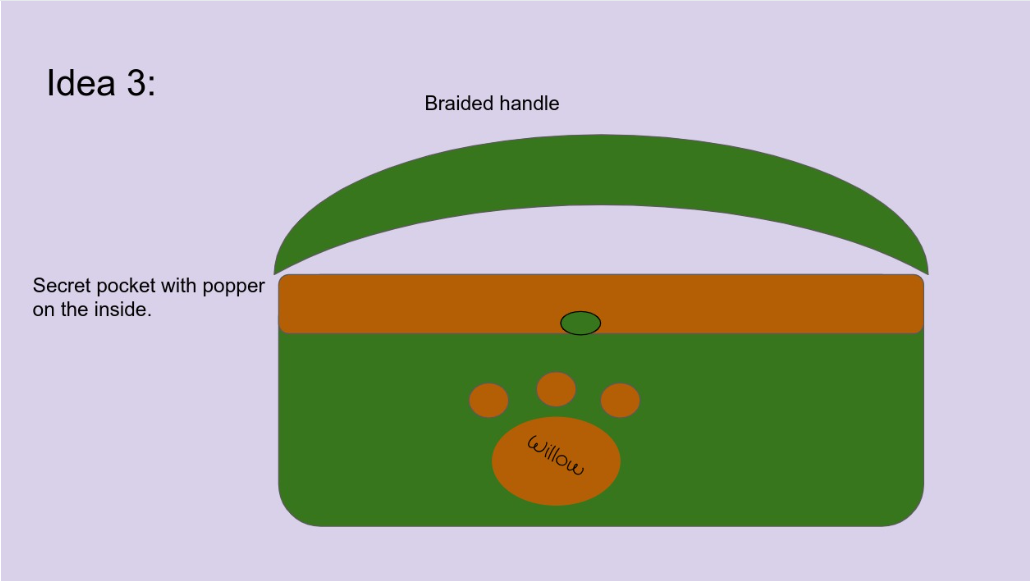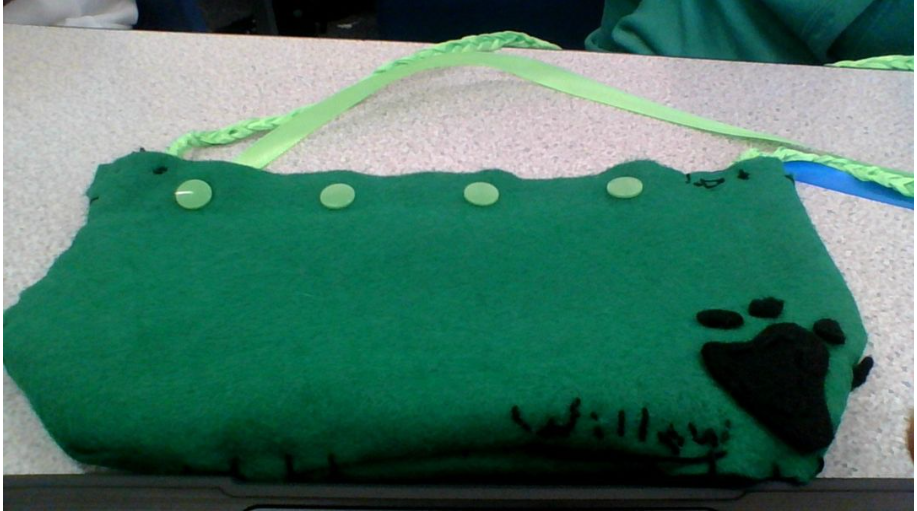Design and Technology Sequence of Knowledge
Design and Technology Substantive Knowledge
By the end of Key Stage Two, children at OPA will be able to: prepare ingredients safely and hygienically and cook nutritious food. They will be able to design their own products using a range of materials and evaluate their produce against success criteria. The children will generate their own product ideas by reflecting upon existing products and then developing prototypes. Finally, in order to make successful products, the children will have a secure understanding of mechanical structures, such as: gears, pulley systems and levers.
Design and Technology Disciplinary Knowledge
Children from OPA will be able to participate fully in an increasingly technological world and have an understanding of how to be critical and reflective consumers. They will be able to use their practical, creative and reflective skills to become consumers and innovators who are well informed and can use their own skills to develop products for the future
Explore
Our DT sequence starts with pupils being given a project title. Pupils explore existing products and evaluate what design features make them successful. There are lessons which focus on the knowledge and skills needed for the making stage. For example, in Lower Key Stage 2, in food technology, children are taught that a healthy diet is made up from a variety and balance of different food and drink. They consider which design features will be incorporated into their own work.
Design
The children then plan their product using specific design criteria and with a target audience in mind to ensure that the project has relevance and purpose. Designs are generated and communicated through talking, drawing and, where appropriate information and communication technology
Make
Pupils select from and use a range of tools, textiles and ingredients to successfully implement their design. During this process, children are taught to follow relevant safety and hygiene processes.
Evaluate
Children evaluate their ideas and products against specific design criteria. Pupils also use evaluations to reflect upon opportunities for improvement.
Pupils use their online learning journal ‘Seesaw’ to evidence all parts of the sequence.
Below is an example of an extract from the sequence in Y6 when they made were presented with the challenge to design and make an anti-theft bag.







